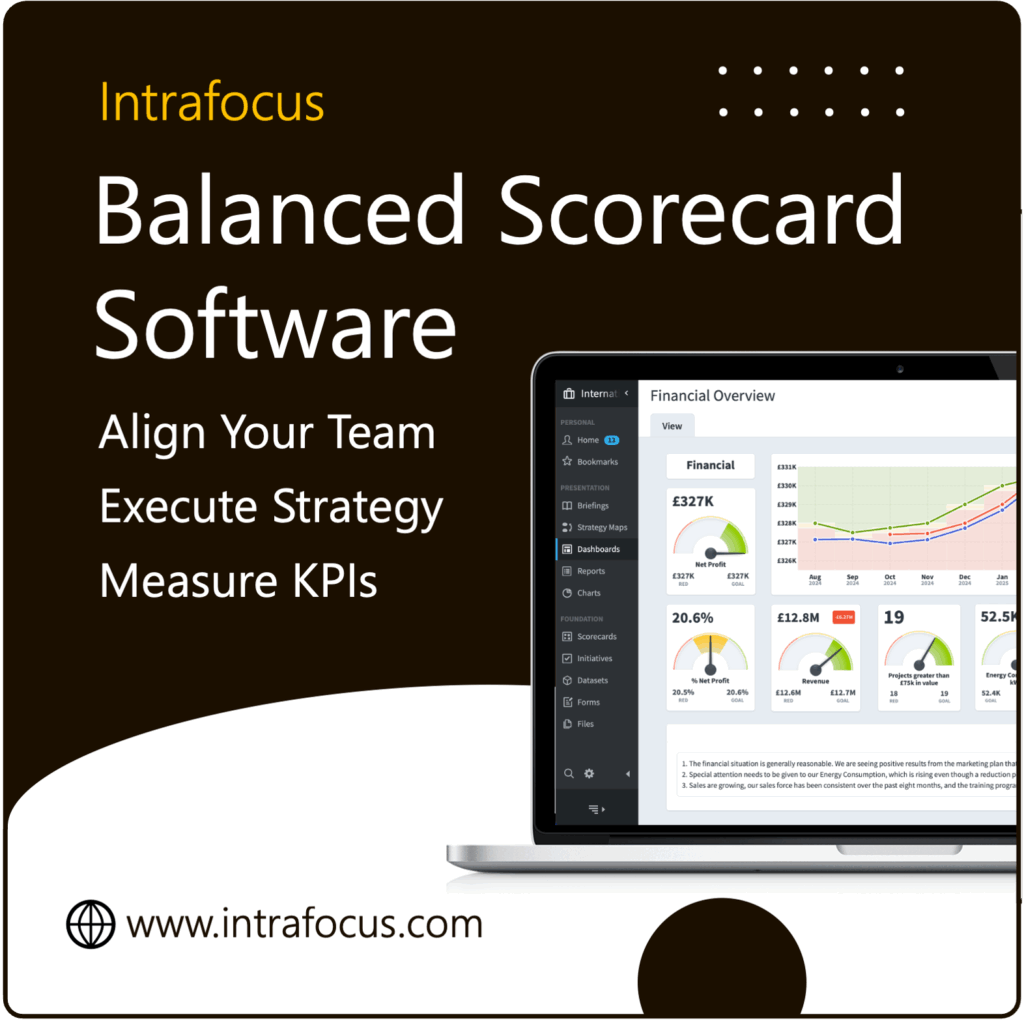Setting Achievable Targets
Setting achievable targets is a critical part of running a successful business. While traditional target-setting practices have been used for many years, an alternative approach is gaining popularity – Objectives and Key Results (OKRs). This article will explore the principles of setting achievable targets and how OKRs can help businesses achieve their goals.
Setting achievable targets is critical for any business looking to succeed. Targets help companies focus efforts, allocate resources efficiently, and measure progress. By setting targets, companies can evaluate performance, identify areas of improvement, and develop strategies to achieve their goals.
However, not all targets are created equal. Setting too challenging targets can demotivate employees and lead to disappointment if the targets are not achieved. On the other hand, setting too easy targets can lead to complacency and limit growth opportunities.
Organisations need to follow a few fundamental principles:
Define Your Business Objectives
The first step in setting achievable business targets is to define your business objectives. Objectives are the specific outcomes that a company wants to achieve. They should be specific, measurable, achievable, relevant, and time-bound (SMART). Objectives should be unambiguous and measurable so that progress can be tracked, achievable, relevant to the company’s mission, and have a specific deadline.
For example, a company may aim to increase its revenue by 20% over the next year. This objective is specific, measurable, achievable, relevant, and time-bound. This objective will provide the company with a clear goal to work towards.
Determine Your Key Performance Indicators (KPIs)
Once you have defined your business objectives, the next step is to determine your KPIs. KPIs are the metrics that measure progress towards your objectives. They should be specific and measurable and reflect the success factors of your business.
Download our free guide: How to Develop Meaningful KPIs
For example, if the objective is to increase revenue by 20% over the next year, the KPIs may include sales revenue, sales growth rate, customer retention rate, and customer satisfaction rate. These KPIs will give the company a clear understanding of its progress towards its objective.
Set Realistic Targets
The next step is to set realistic targets. Setting realistic targets is critical for motivating employees and ensuring the company achieves its goals. If targets are set too high, employees may become demotivated, and performance may suffer. Conversely, employees may not work to their full capacity if targets are too low.
To set realistic targets, companies should consider their historical performance, current market conditions, and available resources. For example, if a company has historically achieved a 10% increase in revenue each year, setting a target of a 50% increase in revenue over the next year is unrealistic. A more realistic target may be a 15% increase in revenue.
Communicate Targets to Employees
Once targets have been set, it is important to communicate them to employees. Clear communication is critical to ensuring everyone is aligned and motivated to achieve the company’s objectives.
Companies can communicate targets to employees through regular meetings, emails, or internal communication tools. Communication should be clear and provide employees with a clear understanding of the targets, the KPIs, and their role in achieving them.
Monitor Progress and Make Adjustments
The final step is to monitor progress towards the targets and make adjustments as needed. This involves regularly reviewing KPIs and comparing them to the targets. If progress is not on track to achieve the targets, adjustments may need to be made to the strategy or resources allocated.
For example, suppose a company’s target is to increase customer retention by 10% over the next year, and the customer retention rate stays the same. In that case, the company may need to adjust their retention strategy. This may involve increasing resources allocated to customer service, offering incentives for customer loyalty, or revising their customer retention program.
Key Performance Indicators (KPIs)
Measurement using KPIs is crucial for setting achievable business targets. KPIs help companies to understand their progress towards their objectives, identify areas for improvement, and make data-driven decisions. KPIs also provide a basis for measuring the success of a company’s strategy and identifying trends over time.
For example, a company may target increasing website traffic by 25% over the next quarter. By monitoring website traffic using a KPI such as unique visitors, the company can determine if they are on track to achieve their target. If website traffic is not increasing as expected, the company can review their marketing strategy and adjust to improve performance.
In addition, KPIs can help companies identify a problem’s root cause. For example, suppose a company’s customer satisfaction rate is declining. In that case, monitoring KPIs such as customer retention rate, complaint resolution time, and customer service response time can help identify the problem’s root cause. By identifying the root cause, the company can develop a targeted solution to improve customer satisfaction.
Examples of Companies Using KPIs to Measure Success
Many successful companies use KPIs to measure their success and track progress towards their objectives. Here are some examples:
Amazon uses KPIs such as customer satisfaction, conversion rate, and average order value to measure the success of its e-commerce platform. By tracking these KPIs, Amazon can identify areas for improvement and make data-driven decisions to improve the customer experience and drive sales.
Google uses KPIs such as user engagement, ad revenue, and market share to measure the success of its search engine and advertising platforms. By monitoring these KPIs, Google can make data-driven decisions to improve user experience and increase revenue.
Coca-Cola uses KPIs such as brand awareness, customer loyalty, and market share to measure the success of its marketing and branding strategies. By tracking these KPIs, Coca-Cola can determine the effectiveness of its advertising campaigns and make data-driven decisions to improve brand awareness and customer loyalty.
The Power of OKRs
While traditional target-setting practices have been used for many years, Objectives and Key Results (OKRs) is a relatively new approach gaining popularity. OKRs were pioneered by Intel and popularised by companies such as Google and LinkedIn.
The OKR process involves setting objectives that are specific, measurable, achievable, relevant, and time-bound (SMART). Each objective is broken down into key results, which are specific, measurable outcomes that demonstrate progress towards the objective. Key results are also time-bound and quantifiable, making tracking progress towards the objective easy.
OKRs have several benefits over traditional target-setting practices:
- Clarity: OKRs clarify what needs to be achieved and how progress will be measured.
- Focus: OKRs help businesses to focus their efforts and resources on the most critical tasks.
- Alignment: OKRs align with the business’s overall goals and objectives, ensuring everyone is working towards the same targets.
- Motivation: OKRs can motivate employees, as they provide a clear roadmap for achieving success.
- Evaluation: OKRs provide a clear framework for evaluating performance and identifying areas for improvement.
Real-world Example: Google
Google is a company that is well known for its use of OKRs to set and achieve its targets. Each quarter, Google sets OKRs for each of its teams and individual employees. These OKRs are aligned with the company’s overall goals and objectives and are designed to drive progress towards achieving them.
For example, in Google’s Android team had the following OKRs:
Objective: Improve the user experience of Android users Key Results:
- Increase the number of monthly active users by 10%
- Reduce the number of user-reported bugs by 20%
- Increase the average daily usage time by 5%
These OKRs gave the Android team clear objectives and key specific, measurable, achievable, relevant, and time-bound results. By achieving these key results, the Android team made progress towards its overall objective of improving the user experience of Android users.
Google also uses OKRs to set goals for its individual employees. For example, a Google employee working in marketing may have the following OKRs:
Objective: Increase brand awareness for Google Key Results:
- Increase social media followers by 20%
- Increase website traffic by 15%
- Launch a successful marketing campaign with a 5% conversion rate
These OKRs help employees understand what is expected of them and how their performance will be evaluated. By achieving these key results, the employee can make progress towards the overall objective of increasing brand awareness for Google.
Setting achievable targets is critical for any organisation looking to succeed. By following specific, measurable, achievable, relevant, and time-bound principles, organisations can set targets that motivate employees and help drive performance. However, traditional target-setting practices can be limiting, which is why Objectives and Key Results (OKRs) are gaining popularity. OKRs provide clarity, focus, alignment, motivation, and evaluation, making them a powerful alternative to traditional target-setting practices. By using OKRs, businesses can set and achieve their targets more effectively, driving growth and success.



